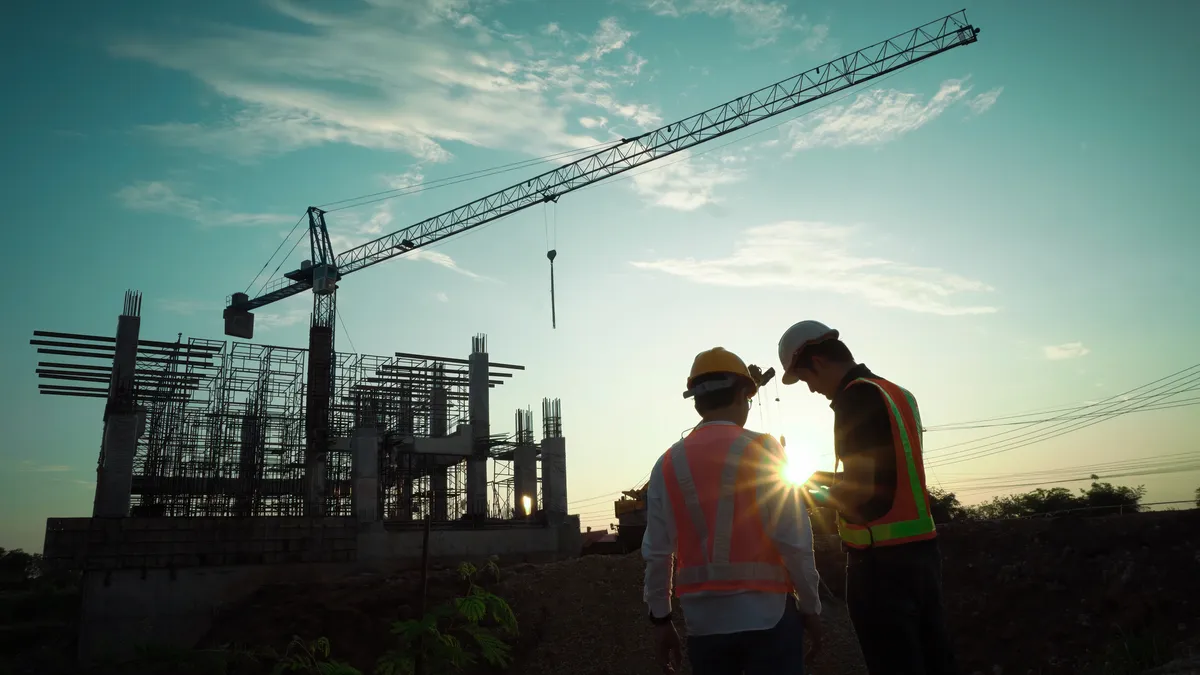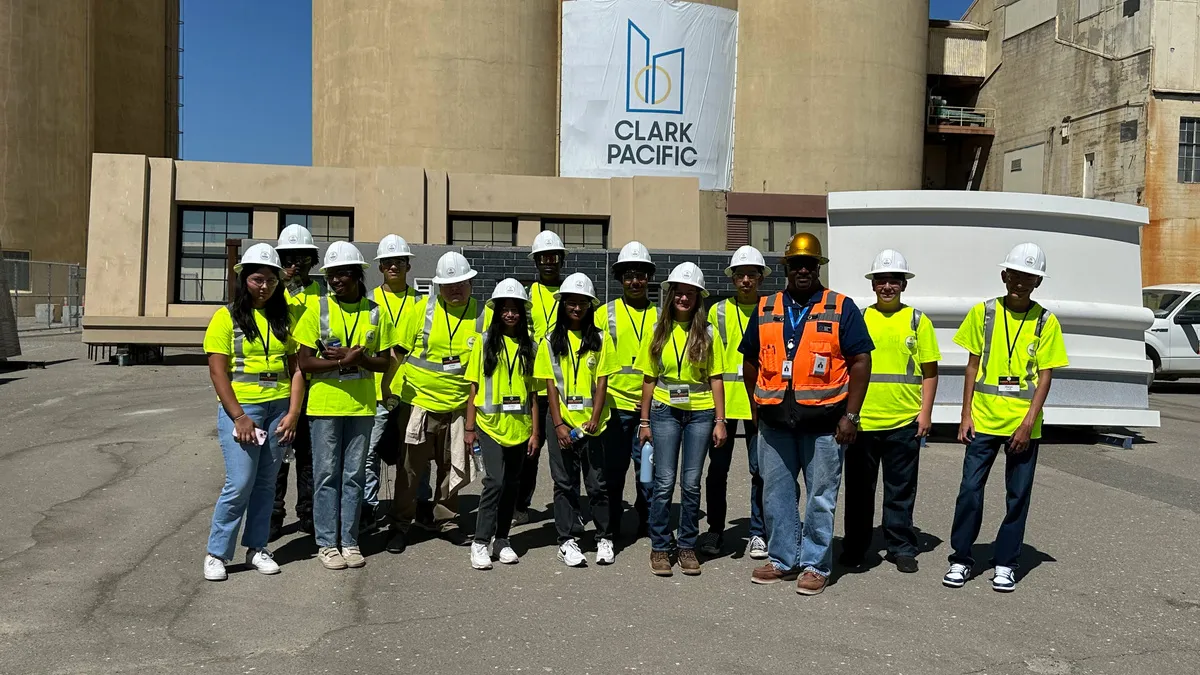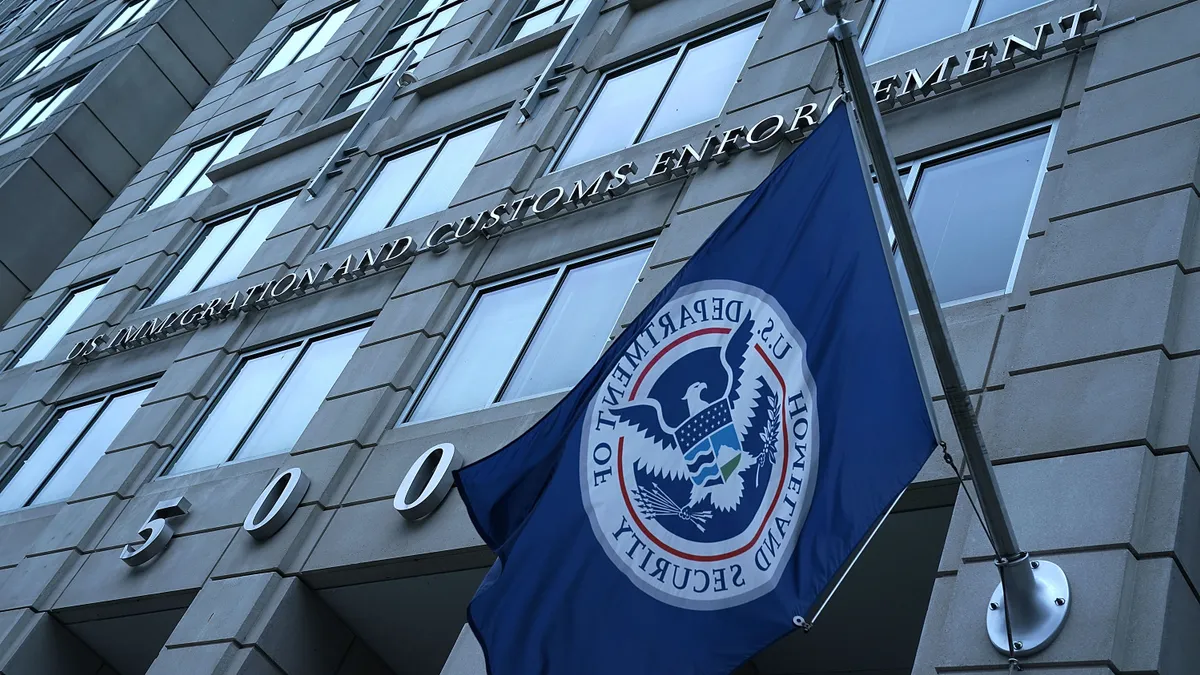This feature is a part of "The Dotted Line" series, which takes an in-depth look at the complex legal landscape of the construction industry. To view the entire series, click here.
Owners and developers put a lot of faith in the contractors they hire. They also sink a great deal of money into their construction projects, so when contractors, subcontractors or suppliers commit some act of fraud or negligence, it could put the entire project — and investment — at risk.
The apprehension on the part of owners has likely only increased as unscrupulous acts involving construction projects continue to make the news.
Earlier this month, for instance, the U.S. Department of Justice indicted a New Jersey contractor for allegedly defrauding the New York City School Construction Authority by submitting false certified payroll reports incorrectly stating that it had paid the required prevailing wage. In February, Lancaster, New York-based contractor Nichter Construction Inc. pleaded guilty to using non-minority companies to meet its minority participation requirements on a New York state project.
And it’s not just public works contractors being implicated in acts of malfeasance. At the end of last year, some former Turner Construction Co. and Bloomberg executives were indicted for bribery and bid-rigging in connection to a renovation of a Bloomberg property in Manhattan. Working outside of each companies’ established controls, project managers, subcontractors and vendors allegedly conspired to inflate bids, overbill for services and then share the proceeds.
It is because of cases like these that more owners are hiring an extra set of eyes to make sure that contractors and subcontractors generally do the right thing — adhere to the terms of their contracts, keep jobsites as safe as they can be and check the books so that unscrupulous players don’t raid the project coffers with fake bills.
Keep a watchdog, stay out of the doghouse
There are two basic types of monitoring, said Paul Ryan, managing director at K2 Intelligence, which provides these oversight services not only for the public and private construction industries but for other business sectors as well. One type is project monitorship, and the second is the company-focused variety that comes after a contractor has breached the terms of a current or prior contract. The latter is known as “integrity monitoring."
Although assuring the integrity of the construction process is actually a part of all monitoring, Ryan said, whole project monitorships are more proactive in nature.
As part of a standard project monitoring engagement, Ryan said, K2 conducts a risk assessment and makes sure that there are proper controls in place to address those risks. K2, for example, determines whether the general contractor has a robust subcontractor vetting and prequalification process and, if not, helps develop one.
Other monitor activities might include putting systems in place for all holes or gaps in the company's existing controls. Examples include:
- Ensuring that subcontractors’ certificates of insurance are valid.
- Verifying workers' safety credentials
- Looking at who is permitted to approve change orders and material purchases and how they’re processed.
- Checking for any charges against the contingency fund.
- Correlating how the budget aligns with the money actually spent on the project.
- Evaluating what goes into the preparation of certified payroll and other government-mandated forms.
Then, during the course of the project, monitors like K2 conduct regular reviews to make sure that the contractor is in compliance with the approved systems and with any other regulatory or contractual requirements.
Already in the doghouse? Expect the dogs to come sniffing
Company-specific integrity programs are different. Contractors that have run afoul of prevailing wage, minority certification programs or other regulations are sometimes given a chance to keep working or start new work for a public agency as long as they agree to pay for a monitor, which will focus on the area of the breach.
"Typically, we conduct an assessment ... to understand the alleged misdeeds [and to] ensure that they don't happen again,” Ryan said. The process, however, is much like that of a project monitorship in that it begins with an assessment of existing controls. It just has a different priority — to make sure that whatever missteps the contractor made don’t happen again.
In 2016, for instance, the Port Authority of New York and New Jersey directed AECOM Tishman to employ an integrity monitor for the company's existing and future Port Authority work after allegations of overbilling arose when it operated as Tishman Construction, before AECOM purchased the company.
Nine times out of 10, said Bill Fischer, partner at accounting and consulting firm Grassi & Co., some event has occurred that predates the integrity monitoring requirement. "You either got caught doing something that you shouldn't have been doing," he said, "or it could be somebody uncovered something internally that became a pervasive issue.”
As an alternative, and depending on the severity of the violation, Fischer said, sometimes a company will be given a chance to resolve the matter internally if it already has an in-house chief compliance officer. Some companies are also given the option to hire one.
Back in 2016, CannonArchitects settled its federal liability after claims that its employees had provided kickbacks and bribes in order to obtain inside information that helped the company win hospital design work with the U.S. Department of Veterans Affairs. In addition to a $12 million fine and other punitive measures, CannonArchitects agreed to hire a compliance officer, a former Federal Bureau of Investigation official, and invest another $2.5 million in a revamp of its internal procedures.
More like a service dog
Companies forced to use a monitor might bristle at the idea of an individual or outside firm setting up shop in their offices to observe their operations, but there are reasons they should jump at the chance.
For one, Fischer said, by acquiescing to the agency's demands that it take on a monitor, the contractor is demonstrating that it is a responsive and responsible bidder, a requirement for winning future work. Contractors also might want to look at the mandate as a vote of confidence. “If the owner simply didn't want to use them anymore or thought they couldn't be used in the industry, they would move on,” Ryan said. “The whole point of monitoring ... is to allow that company to rehabilitate so that they can continue on and stay in business.”
Even if the monitorship is not required, said attorney Michelle Schaap with Chiesa Shahinian & Giantomasi PC, a contractor that has been terminated for some fraud-related incident might want to hire one anyway to demonstrate that it has taken measures on its own to fix the problem. "It’s a much better story,” she said.
And companies are typically stronger after being under the supervision of an integrity monitor, Ryan said. "What we find is … more owners are willing to work with them.”
Owners typically absorb the cost of a project monitor, but when a contractor or subcontractor is required to retain one, they usually bear the cost themselves.
"The contract owner," Fischer said, "will give the company a choice of different integrity monitors, which, in turn, will put proposals together." The contractor then chooses from that pool. “From my past experience, these become very expensive propositions," he said.
For individual monitors, he continued, the hourly rate could be anywhere from $300 to $500. Like any other professional service, however, the rate, hourly or otherwise, depends on a variety of factors including the scope of work and length of engagement. Despite the financial burden, Fischer said he’s rarely seen a company reject the idea of hiring a monitor based on cost alone.
And despite being a pricey proposition, Schaap said, more project owners are seeing the benefits, taking the initiative and hiring a monitor as a preemptive measure, although it depends on the size of the project. "Obviously a small project probably wouldn't warrant it," she said, "but if you've got a multimillion-dollar project, and you've got [many] moving parts, then the short answer is, yes, you should consider it."
As for contractors, they should look at a monitorship — integrity or otherwise — as a short-term inconvenience with long-term benefits. "When we do the initial risk assessment, we're looking at all levels, and our feedback doesn't just go to the owner. It goes to the contractors. So we provide guidance from our experience."
The Dotted Line series is brought to you by AIA Contract Documents®, a recognized leader in design and construction contracts. To learn more about their 200+ contracts, and to access free resources, visit their website here. AIA Contract Documents has no influence over Construction Dive's coverage within the articles, and content does not reflect the views or opinions of The American Institute of Architects, AIA Contract Documents or its employees.
















